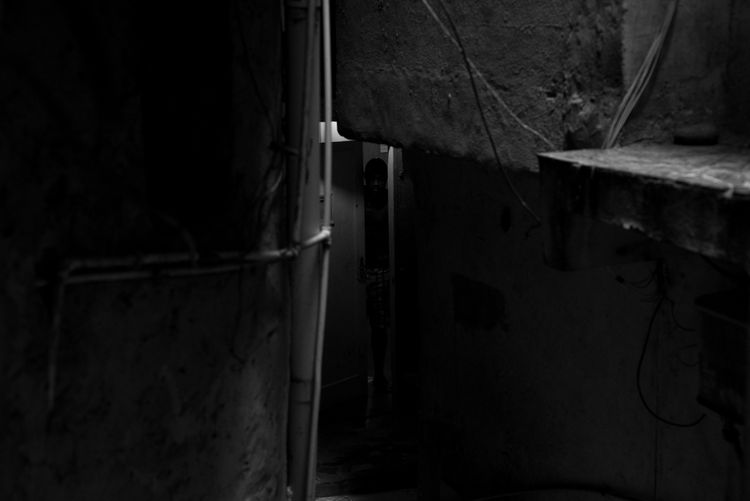(2020)
rocinha | covid spreads through brasil's largest favela
"Roça," in Brazil, denotes a plot of land used for agricultural production—farmland. Rocinha, a favela community in Rio de Janeiro, was once just that. In 1930, it began to be parceled out—hence its name, Rocinha, the diminutive form of "roça." Erroneously, many believed that Rocinha supplied Rio with virtually all of its food products. A decade later, people in search of viable and affordable housing options started to populate the area, particularly in the 50s and 60s when significant numbers of Brazilians migrated from the Northeast to work in civil construction.
Nestled between the mountain and the sea, wedged between the upscale neighborhoods of Gávea and São Conrado, Rocinha stands as one of Brazil’s largest favelas, hosting an estimated 150,000 residents within a few square kilometers.
Due to its sheer size, it is challenging to pinpoint just one issue facing Rocinha. It bears a history of neglect and prejudice, where resistance is not merely a sentiment but a verb. Yesterday’s problems persist today—social inequality, lack of public investment, police brutality, drug trafficking, lack of urban planning, and unsanitary conditions in its alleys. Surrounded by a forest, the community’s backstreets are oppressively humid, contributing to Rocinha’s distinction as the Rio favela with the highest number of respiratory illnesses. Sunlight scarcely enters homes, ventilation is minimal, and basic sanitation remains a distant dream. Imagine living in perpetual twilight. Rocinha has weathered several epidemics; tuberculosis, persisting for over 40 years, today afflicts one out of every two residents at some point. Additionally, HIV, cholera, measles, dengue, yellow fever, Zika virus, and Chikungunya have all left their mark. Now, atop these challenges, looms COVID-19—a serious threat given Rocinha’s narrow streets and clustered homes.
Such situations can either catalyze profound change or exacerbate an already grim reality. Unfortunately, the latter may be the case in Brazil’s largest favela. Statistically, the coronavirus exhibits a low mortality rate, but in Brazil, with a population exceeding 210 million, over 22,000 have succumbed to COVID-19 as of my writing. Brazil has emerged as the new global epicenter of the disease, with the fatality rate in favelas hovering around 30%. Presently, there have been more deaths in Rio’s favelas than in 16 of Brazil’s 26 states combined. Yet, tallying the dead requires more than statistics.
Brazil is a complex country. Amidst the COVID-19 pandemic, a political crisis has unfolded, with states and the federal government unable to reach a consensus on the best strategy to prevent and contain the virus. President Jair Bolsonaro dismisses COVID-19 as a “little flu.” Here, social classes coexist, geographically layered upon each other, yet worlds apart. In Rocinha, at the São Conrado waterfront, a favela resident earning minimum wage can rub shoulders with a millionaire earning 300 times more.
In Rocinha, there is an ineffable sense that something significant is on the horizon. As COVID-19 spreads, young people in other favelas are brutally murdered by Rio’s police—the deadliest police force in all of Brazil. What poses a greater threat to favelas? COVID-19 or reality itself? An epidemic within an epidemic.
Rocinha is immense internally as well. It harbors its own inequalities, culture, artists, poets, musicians, and athletes. It encapsulates the essence of five Brazilian states within a single, clustered area. There are individuals born in Rocinha who have lived there for over four decades and still have much to learn about the favela. It comprises a city within—a realm of homes, businesses, and hospitals. There are those who never leave, and rightfully so. Rocinha boasts proud residents and those who are not. Some consider themselves children of the community, alongside foreigners, immigrants, and individuals from all corners of Brazil—a country within a country.

.jpg)
























